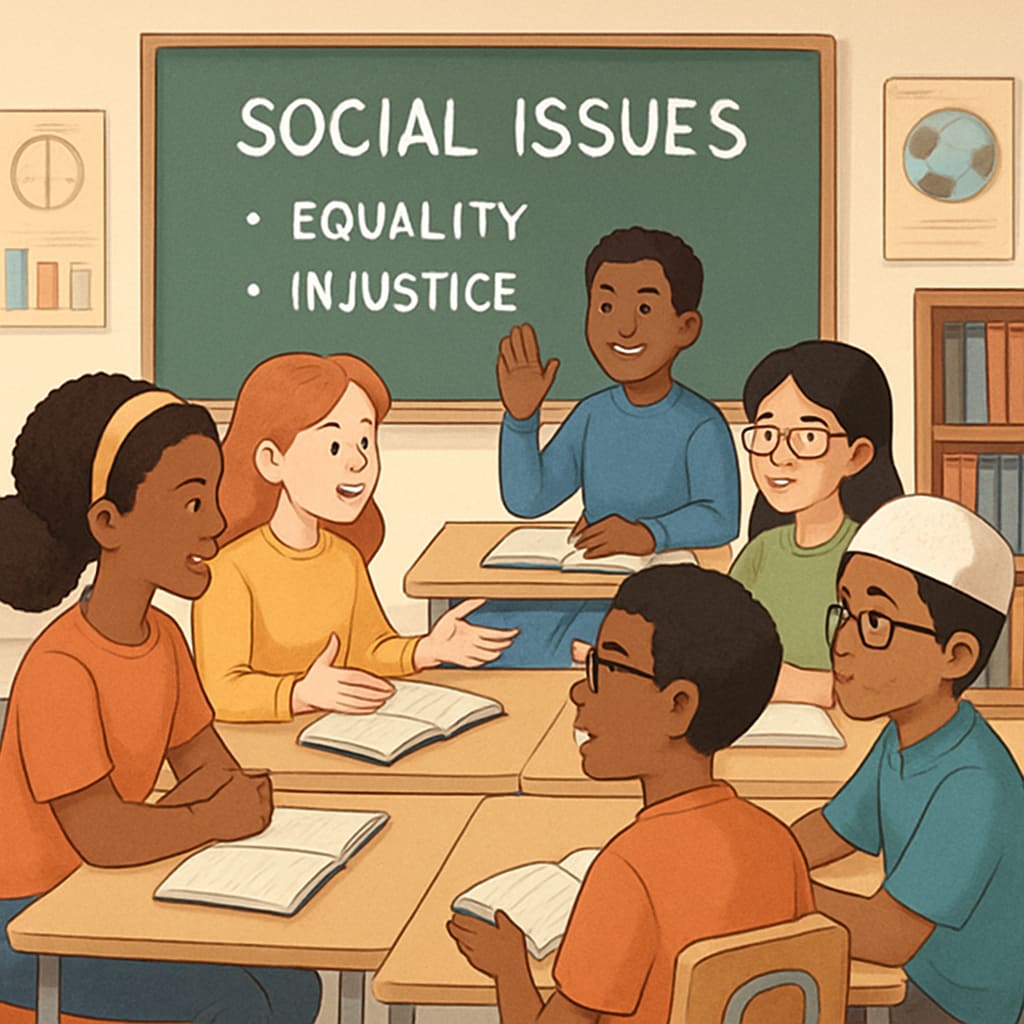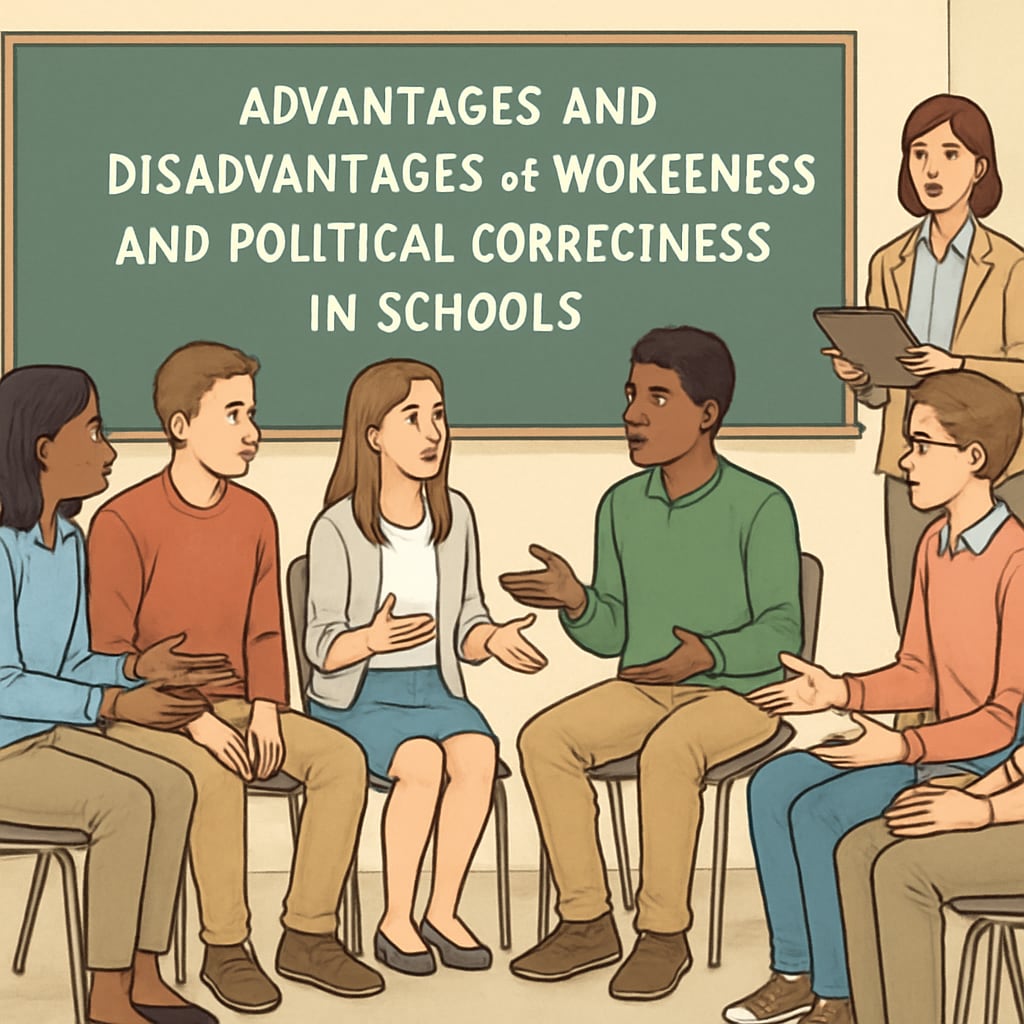The concept of “wokeness in schools” has become a focal point in K12 education, sparking debates about the influence of political correctness on students’ perception and cognitive development. As schools increasingly adopt practices aimed at promoting inclusivity and diversity, students’ awareness and reactions to these efforts reveal evolving attitudes toward societal values and education’s role in shaping them.

Understanding Wokeness in Educational Contexts
Wokeness, a term often used to describe heightened awareness of social justice issues, has found its way into modern educational practices. In schools, this can manifest through curriculum changes, inclusive policies, and discussions about race, gender, and equity. While these efforts aim to create a supportive environment, students’ responses to such initiatives vary widely depending on their personal beliefs, backgrounds, and exposure to societal debates.
For example, research conducted by Britannica highlights the significance of embedding social justice principles in early education to foster empathy and critical thinking. However, as students grow older, they tend to critically evaluate whether these measures align with their own values or appear performative.
Students’ Perception of Political Correctness in Schools
Political correctness, closely tied to wokeness, is often perceived as both a guiding principle and a point of contention within schools. Many students appreciate its role in fostering a respectful learning environment, yet some express concerns about the potential suppression of open dialogue. This duality raises important questions: Are schools successfully balancing inclusivity with intellectual freedom?
According to a Wikipedia overview on political correctness, the term has been criticized for creating an overly cautious atmosphere that may stifle creativity and robust debate. Students who feel restricted in expressing dissenting opinions may disengage, while those who embrace these values often report increased awareness of diverse perspectives.

Balancing Diversity and Educational Core Values
Maintaining a balance between promoting diversity and preserving education’s fundamental purpose is key. For educators, this means creating spaces where students feel empowered to share their views, even if they challenge prevailing norms. Strategies such as Socratic seminars, role-playing, and open forums can encourage meaningful exchanges while respecting individual differences.
- Integrating diverse viewpoints into lessons without imposing singular narratives.
- Teaching critical thinking skills to help students navigate complex social issues.
- Encouraging respectful debate to foster mutual understanding.
In addition, schools must remain vigilant about avoiding tokenism—where inclusivity efforts appear superficial rather than genuinely transformative. By focusing on substantive actions rather than symbolic gestures, schools can cultivate environments that truly reflect the principles of wokeness while advancing educational excellence.
The Future of Wokeness in K12 Education
As societal values continue to evolve, so too will the role of wokeness in education. Students today are more connected to global conversations than ever before, making them critical participants in shaping the future of inclusive schooling. By empowering them to engage with diverse ideas and challenge the status quo, educators can prepare a generation of thoughtful, informed citizens.
Ultimately, the success of wokeness in schools depends on striking a delicate balance—one that respects diversity, nurtures cognitive growth, and preserves the integrity of education’s core mission.
Readability guidance: Short paragraphs and lists help summarize key points. The frequent use of transitions ensures smooth flow, while active voice dominates the text for clarity and engagement.


